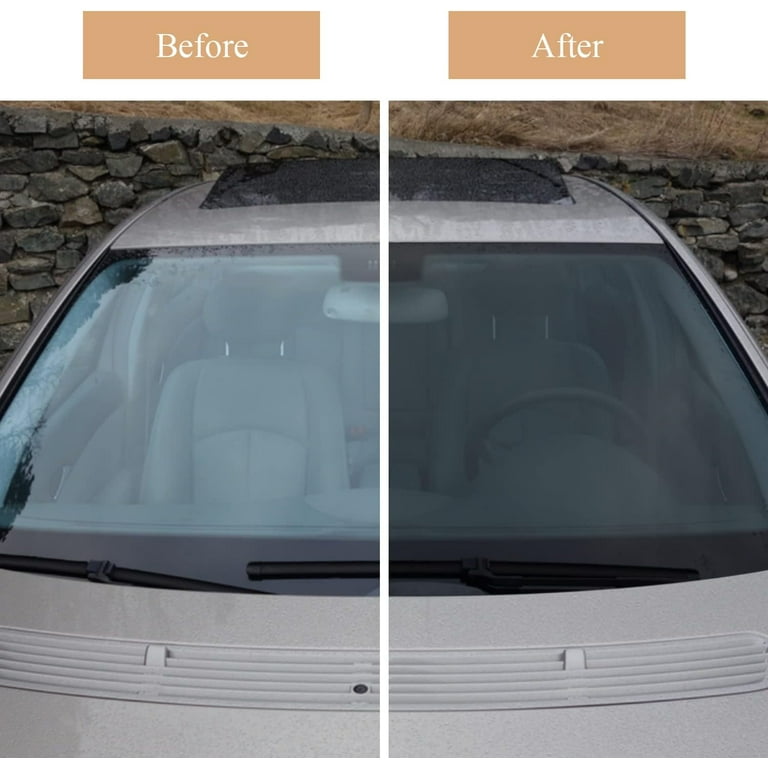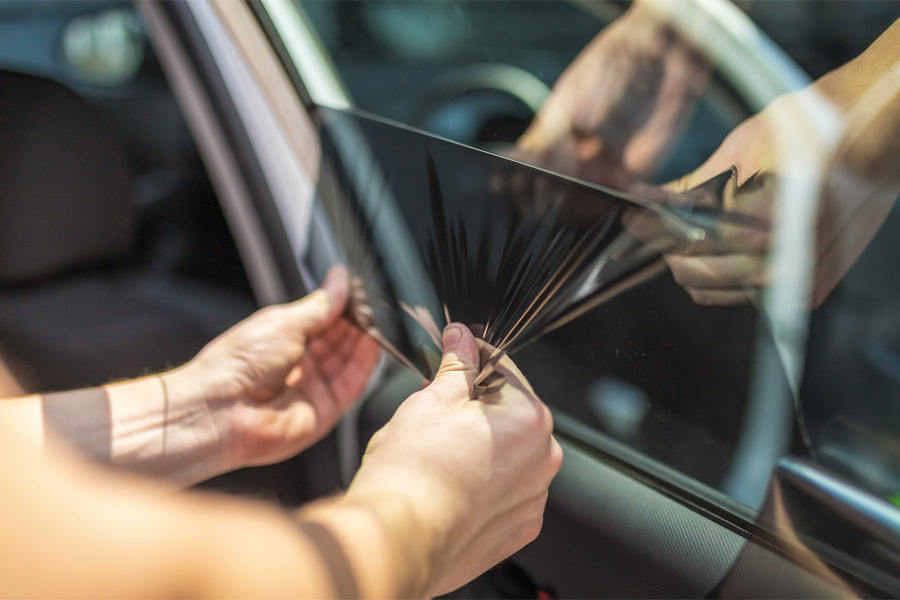Everything You Need to Understand About Vehicle Window Tinting Options
Everything You Need to Understand About Vehicle Window Tinting Options
Blog Article
Home Window Tinting Laws and Standards: What You Required to Know Prior To Tinting Your Auto
Prior to waging home window tinting for your lorry, it is essential to acquaint on your own with the varied legislations and standards that regulate this technique across various states. These laws dictate the acceptable levels of color darkness, frequently measured by noticeable light transmission (VLT) percents, and consist of details terms for front windshields intended at making sure road security. Furthermore, specific jurisdictions may offer medical exemptions for people with qualifying conditions. Recognizing these complexities can conserve you from prospective lawful implications, yet what are the particular guidelines in your state?
Summary of Home Window Tinting Laws
Window tinting laws are frequently based on variant throughout various jurisdictions, showing local guidelines and safety and security considerations. These laws dictate the permissible levels of color darkness and reflectiveness on automobile windows, ensuring that motorists keep sufficient presence while likewise shielding versus hazardous UV rays and warm.
Most policies identify window tinting based on the Visible Light Transmission (VLT) portion, which indicates the quantity of light that can pass through the home window. Typically, lower VLT percentages symbolize darker colors. Legislations often distinguish in between the front, side, and rear home windows, with stricter limitations related to the front windscreen to improve security for both the driver and other roadway users.
In addition, some territories impose limitations on the reflectivity of the tint, avoiding extreme glow that can hinder exposure. Exceptions to these legislations may exist for individuals with specific medical problems needing additional sunlight security. Conformity with home window tinting regulations is essential, as violations can lead to penalties, necessary elimination of the tint, and prospective rises in insurance coverage premiums. It is necessary for car owners to familiarize themselves with regional legislations before proceeding with window tinting installments.
State-by-State Color Regulations
Comprehending the details window tinting policies in each state is important for automobile proprietors looking for to conform with the legislation. Each state in the united state has actually developed its very own collection of rules governing window tinting, which can differ considerably. These policies typically dictate the allowed levels of tint darkness, the kinds of home windows that can be tinted, and any clinical exemptions that might apply.
For instance, states like The golden state have stringent restrictions on color darkness for front home windows, while others, such as New Mexico, may allow darker tints. In addition, specific states mandate specific exposure percentages for numerous windows, including the windscreen, front side home windows, and rear windows. It is important for auto proprietors to familiarize themselves with their state's regulations to stay clear of prospective fines or penalties.
Additionally, some states might need an accreditation sticker to be positioned on tinted home windows, indicating conformity with state regulations. Failure to abide by these guidelines not just risks legal effects but can additionally affect safety and security and exposure while driving. For that reason, automobile owners should perform complete research or seek advice from neighborhood authorities to guarantee full understanding and compliance with state-by-state tint guidelines.
Allowed Tint Types and levels
Several car owners may be shocked to discover that allowed color degrees and kinds vary commonly across various states. Each state special info has actually developed its own regulations relating to the permitted darkness and reflectivity of window color, often determined by Visible Light Transmission (VLT) percentages. VLT describes the quantity of light that can pass through the colored home windows; hence, a reduced percentage suggests a darker color.

Furthermore, the kinds of tint products enabled can differ, with some states banning mirror-like or metallic finishes. It is crucial for automobile proprietors to familiarize themselves with their state's details regulations to make certain conformity. Non-compliance can lead to fines, obligatory elimination of the tint, or various other legal effects, making it critical to comprehend these policies before continuing with setup.
Medical Exceptions for Tinting
While not all states give allocations for medical exemptions concerning home window tinting, those that do identify the necessity for particular individuals to enhance presence and comfort because of medical conditions. Different medical problems, such as lupus, skin cancer cells, and particular eye problems, can make people especially conscious sunlight. These individuals might require darker tints to shield themselves from dangerous UV rays and glow.

It is necessary to note that despite having a medical exception, there may still be limitations on the degree of color permitted. Compliance with state laws guarantees that individuals are both secured and Visit This Link within legal limitations. Those considering medical exemptions must contact their local Department of Motor Automobiles or equal authority to understand the requirements and treatments required to look for an exemption properly.
Penalties for Non-Compliance
Stopping working to conform with window tinting laws can cause substantial charges, which vary by state. Police are empowered to release citations for vehicles that do not adhere to the defined tinting guidelines. These fines usually consist of penalties, which can range from small total up to a number of hundred dollars, relying on the intensity of the offense and the state concerned.
In some territories, repeated offenses might cause escalating fines or added fines, such as compulsory court appearances. Furthermore, non-compliance might demand the elimination of unlawful tinting, typically at the proprietor's expense. In extreme situations, habitual transgressors may deal with suspension of their lorry registration until conformity is accomplished.
Furthermore, insurance coverage ramifications might emerge from getting several citations for home window tint violations. Insurers may see such offenses as a sign of riskier habits, possibly causing increased costs or problem in insurance coverage.
To avoid these charges, it is vital for automobile owners to acquaint themselves with their local window tinting regulations and make sure that their lorry complies (Window Tinting). This positive method not just prevents legal ramifications however likewise promotes road safety
Final Thought

The majority of policies classify window tinting based on the Visible Light Transmission (VLT) percent, which indicates the quantity of light that can pass via the window. Compliance with window tinting regulations is essential, as infractions can result in penalties, compulsory elimination of the color, and prospective increases in insurance policy premiums.Comprehending the specific home window tinting policies in each state is important for vehicle owners looking for to conform with the law. These policies often determine the allowable levels of tint darkness, the kinds of windows that can be tinted, and any kind of medical exemptions that might apply.
For website here instance, states like The golden state have strict limitations on color darkness for front windows, while others, such as New Mexico, may allow darker tints.
Report this page